Home>Articles>How To Save Money By Cutting Your Water Usage This Summer
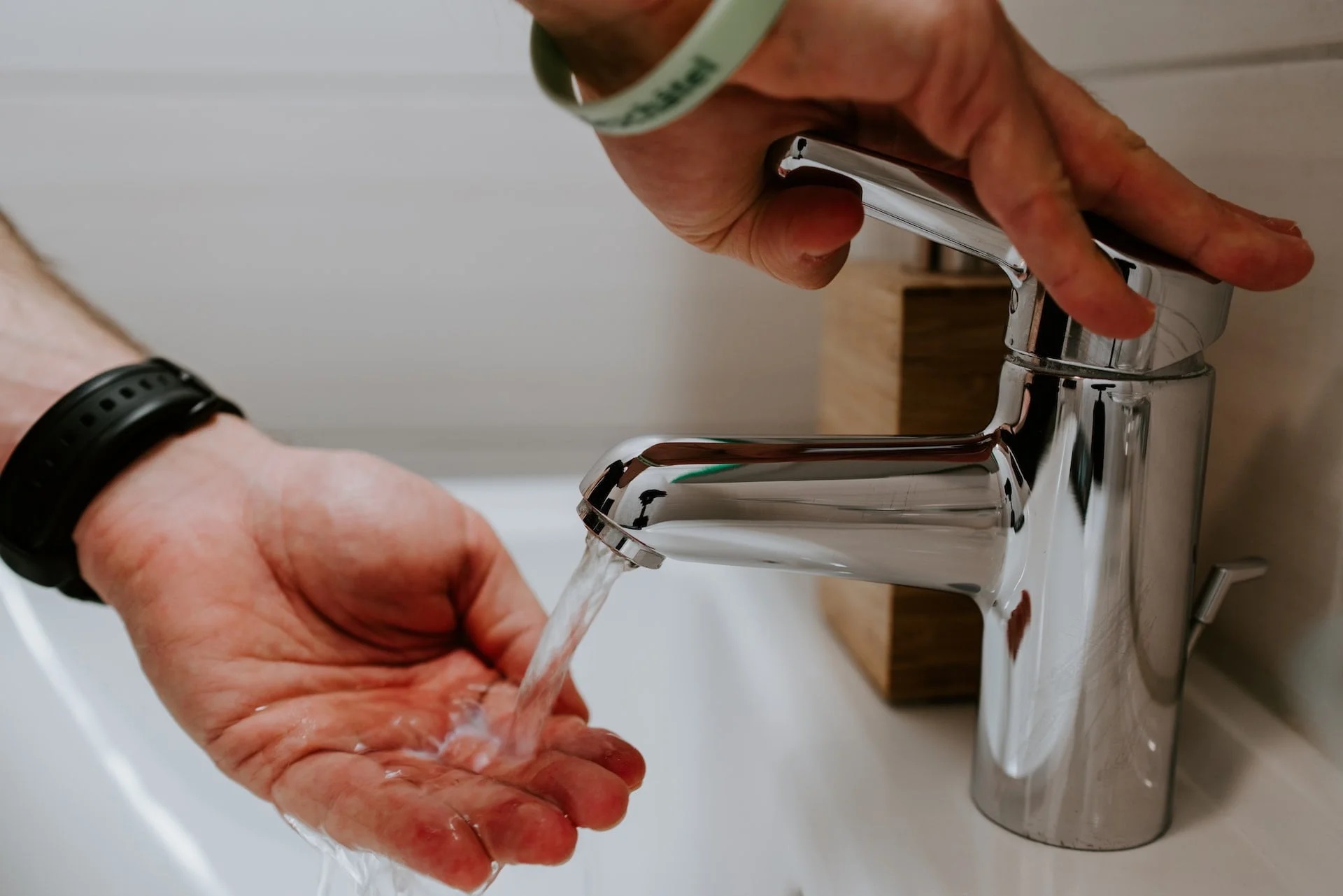

Articles
How To Save Money By Cutting Your Water Usage This Summer
Modified: February 22, 2024
Learn effective ways to save money this summer by cutting your water usage. Check out our informative articles for tips and tricks on conserving water and reducing your bills.
(Many of the links in this article redirect to a specific reviewed product. Your purchase of these products through affiliate links helps to generate commission for Storables.com, at no extra cost. Learn more)
Introduction
Welcome to summer, the season of long sunny days, backyard barbecues, and water fun! But as the temperature rises, so does our water usage. Did you know that the average household can use up to 50% more water during the summer months? With a few simple changes, you can save money on your water bill while also conserving this precious resource. In this article, we will discuss the importance of saving water, especially in the summer, and provide you with practical tips to help you reduce your water usage without sacrificing your comfort or enjoyment.
Water is a finite resource, and with the growing population and changing climate, it is more crucial than ever to use it wisely. By conserving water, you not only save money but also play a vital role in protecting the environment. Additionally, reducing water usage can help alleviate the strain on local water supplies and wastewater treatment facilities.
During the summer, water consumption tends to increase primarily due to activities such as watering lawns and gardens, filling up swimming pools, and taking more frequent showers. However, with a few changes in our daily routines and behaviors, we can significantly reduce our water usage without compromising our summer activities and enjoyment.
In the sections that follow, we will explore practical tips to help you save water during the summer months. From fixing leaks to using water-efficient appliances, we will cover a wide range of strategies that you can implement easily. So let’s dive right in and discover how you can cut your water usage this summer and save some money in the process!
Key Takeaways:
- Save water this summer by fixing leaks, using water-efficient appliances, and collecting rainwater. These simple changes can help you conserve water, reduce your water bill, and contribute to a more sustainable future.
- Make a difference by taking shorter showers, using a broom for outdoor cleaning, and limiting car washing. Small changes in your daily routines can lead to significant water savings and a positive impact on the environment.
Read more: How To Save Money On Thermostat
Why Saving Water is Important
Water is an essential resource that sustains life on Earth. It is not only crucial for our survival but also for the well-being of our planet. By conserving water, we can make a positive impact on our environment and future generations. Here are some key reasons why saving water is important:
- Preserving water sources: Earth is often referred to as the “Blue Planet” because of its abundance of water. However, only a small percentage of this water is freshwater that is suitable for human use. By conserving water, we can help preserve these limited freshwater sources and ensure their availability for future generations.
- Protecting ecosystems: Rivers, lakes, and wetlands provide habitats for a vast array of plants and animals. When we conserve water, we contribute to maintaining the natural balance of these ecosystems, ensuring the survival of diverse species and promoting a healthy environment.
- Reducing energy consumption: The process of treating and distributing water requires a significant amount of energy. By saving water, we indirectly reduce the energy consumption associated with water treatment and transportation, helping to mitigate the environmental impact of energy production.
- Addressing water scarcity: Water scarcity is a global issue that affects many regions around the world. By conserving water, we can help alleviate water shortages and contribute to ensuring equitable access to clean water for all.
- Saving money: Saving water also means saving money on your utility bill. By adopting water-saving habits and technologies, you can reduce your water usage and lower your monthly expenses.
As responsible citizens, it is our duty to become mindful of our water usage and take steps to conserve it. By making small changes in our daily routines, such as fixing leaks, using water-efficient appliances, and practicing water-wise habits, we can make a significant difference in conserving water and protecting our environment.
Now that we understand the importance of saving water, let’s explore some practical tips that can help us cut our water usage this summer.
Tips for Saving Water in the Summer
Summer is a time when water usage tends to spike due to activities like watering lawns, filling swimming pools, and increased showering. However, with a few simple changes, you can conserve water and reduce your water bill. Here are some practical tips for saving water in the summer:
- Fix Leaks and Drips: Leaky faucets and pipes can waste a significant amount of water over time. Regularly check for leaks and fix them promptly to prevent water wastage.
- Use a Water-Efficient Showerhead: Install a water-efficient showerhead, which can reduce your water consumption without sacrificing water pressure or comfort. It can help you save gallons of water per shower.
- Take Shorter Showers: Try to limit your shower time to conserve water. Consider using a shower timer or playing your favorite short song to help you keep track of time and minimize water usage.
- Collect Rainwater for Outdoor Use: Set up rain barrels or collect rainwater in containers to use for watering plants and gardens. This not only reduces the use of tap water but also utilizes a natural and free water source.
- Water Lawns and Gardens Efficiently: Water your lawn and garden in the early morning or late evening when evaporation rates are lower. Adjust sprinklers to ensure they are not watering sidewalks or driveways.
- Install Faucet Aerators: Faucet aerators add air to the water stream, reducing water flow while maintaining adequate pressure. They are easy to install and help save water in the kitchen and bathroom.
- Only Run Full Loads in the Dishwasher: Wait until you have a full load of dishes before running the dishwasher. Running it half-empty wastes water and energy.
- Use a Pool Cover: If you have a swimming pool, use a pool cover when it’s not in use. This helps prevent evaporation and reduces the need to top up the water frequently.
- Use a Broom instead of a Hose for Outdoor Cleaning: Instead of using a hose to clean outdoor areas like patios or driveways, use a broom. It’s a more water-efficient method of cleaning and prevents unnecessary water waste.
- Limit Car Washing: When washing your car, use a bucket of soapy water instead of running water from a hose. Alternatively, consider using a local car wash that recycles water.
By implementing these water-saving tips, you can make a significant difference in reducing your water consumption during the summer months. Not only will you contribute to water conservation efforts, but you’ll also see the benefits reflected in your water bill.
Remember, saving water is a collective effort, and every drop counts. So, let’s do our part and make a positive impact on our environment!
Fix Leaks and Drips
One of the most effective ways to save water is by fixing leaks and drips around your home. Even tiny leaks can waste gallons of water over time, contributing to unnecessary water usage and higher water bills. Here’s how you can address leaks and drips to conserve water:
- Check for Leaks: Regularly inspect your faucets, showerheads, toilets, and pipes for any signs of leaks. Look for dripping faucets, water stains, or pooling water around these fixtures.
- Fix Leaky Faucets: If you notice a faucet dripping, it’s likely due to a worn-out or damaged washer. Replace the washer or the entire faucet if necessary.
- Repair Leaky Showerheads: A leaking showerhead can waste a significant amount of water. Either replace the faulty parts or install a new water-efficient showerhead to prevent further leaks.
- Address Toilet Leaks: Toilets are a common source of leaks. Test for leaks by adding a few drops of food coloring to the toilet tank. If the water in the bowl changes color without flushing, you have a leak. Fix it by replacing the flapper, flush valve, or the entire toilet if needed.
- Seal Leaky Pipes: Inspect your plumbing pipes for any visible leaks or drips. Use pipe sealant or plumber’s tape to seal the leaks. If the leaks are severe, it’s best to seek professional help.
- Monitor Water Usage: Keep an eye on your water meter to detect any sudden spikes in water usage, which may indicate hidden leaks. If you suspect a leak but can’t find the source, consider hiring a plumber to conduct a thorough inspection.
By promptly fixing leaks and drips, you can significantly reduce your water consumption. Not only will you conserve water, but you’ll also save money on your water bill. Remember, even small leaks can have a big impact, so don’t underestimate the importance of addressing them.
Keep in mind that fixing leaks is a proactive step towards water conservation. Regular maintenance and inspections can help identify and prevent leaks before they become bigger problems. So, take the time to check for leaks and drips in your home and make the necessary repairs to contribute to a more sustainable future.
Use a Water-Efficient Showerhead
When it comes to saving water, one of the easiest and most effective changes you can make is to install a water-efficient showerhead. Traditional showerheads can use a significant amount of water per minute, leading to unnecessary water waste. By switching to a water-efficient showerhead, you can reduce your water consumption without compromising your showering experience. Here’s what you need to know:
A water-efficient showerhead, also known as a low-flow showerhead, is designed to deliver a satisfying shower experience while using less water. These showerheads are equipped with built-in flow restrictors or aerators that limit the amount of water flowing out. Typically, they use 1.5 to 2 gallons of water per minute, compared to the 2.5 gallons or more used by standard showerheads.
Installing a water-efficient showerhead is a straightforward process that can often be done without professional assistance. Here’s a step-by-step guide:
- Choose the Right Showerhead: Look for showerheads labeled as water-efficient or low-flow. Check the flow rate, indicated in gallons per minute (GPM), and opt for 1.5 to 2 GPM for maximum water savings.
- Prepare for Installation: Gather the necessary tools, such as an adjustable wrench and plumber’s tape, before starting the installation process. Turn off the water supply to the shower.
- Remove the Old Showerhead: Use the adjustable wrench to loosen and remove the old showerhead from the shower arm. Clean the threads on the shower arm and apply plumber’s tape to ensure a tight seal.
- Attach the Water-Efficient Showerhead: Screw the new water-efficient showerhead onto the shower arm by hand, making sure it is in the correct position. Use the adjustable wrench to tighten it slightly if needed, being careful not to overtighten.
- Test for Leaks: Turn on the water supply and check for any leaks around the connections. If necessary, use the adjustable wrench to tighten the showerhead further or apply more plumber’s tape.
- Adjust and Enjoy: Some water-efficient showerheads come with adjustable spray settings, allowing you to customize your shower experience. Choose the setting that suits your preferences and start enjoying water-efficient showers!
By using a water-efficient showerhead, you can significantly reduce your water usage without sacrificing the quality of your shower. Not only will you conserve water, but you’ll also save money on your water bill.
Remember to encourage other members of your household to take shorter showers and turn off the water while soaping or lathering. By combining these habits with a water-efficient showerhead, you can maximize your water savings and contribute to a more sustainable lifestyle.
Make the switch today, and say goodbye to unnecessary water waste while still enjoying a refreshing and enjoyable shower!
Read more: How To Save Money On A Renovation
Take Shorter Showers
When it comes to saving water, one of the simplest and most effective strategies is to take shorter showers. Cutting down on shower time can make a significant impact on your water usage, helping to conserve this precious resource. Here are some tips on how to take shorter showers without compromising your cleanliness or comfort:
- Set a Time Limit: Before stepping into the shower, set a time limit for yourself. Aim to keep your showers under 5 minutes to minimize water consumption.
- Be Mindful of Water Usage: While in the shower, be conscious of how much water you’re using. Avoid letting the water run unnecessarily while you’re soaping or shampooing. Turn off the water while lathering up and only turn it back on when you’re ready to rinse.
- Use a Bucket or Timer: Place a bucket in the shower to collect excess water while you wait for it to heat up. You can use this water for activities such as watering plants or flushing toilets. Alternatively, use a shower timer or play a short song to help you keep track of time and limit your shower duration.
- Consider Navy Showers: Navy showers, also known as military showers, involve briefly turning on the water to wet yourself, then turning off the water while you lather up, and finally turning it on again for a quick rinse. This method can help conserve water while still maintaining cleanliness.
- Optimize Showerhead Settings: If your showerhead has adjustable settings, choose a lower flow rate or mist setting to reduce water usage without compromising water pressure.
- Share Shower Time: If you live with family or housemates, consider coordinating shower times to ensure that everyone can have their desired shower duration while still conserving water.
- Take Cold Showers: While it may not be for everyone, taking cold showers can be an effective way to reduce shower time. The initial shock of cold water can make you shower more efficiently and quickly.
Taking shorter showers not only helps conserve water but also reduces the energy required to heat the water. By implementing these tips and being mindful of your water usage, you can make a significant difference in your overall water consumption.
Remember, every minute counts when it comes to saving water. So, challenge yourself to make shorter showers a habit, and inspire others to do the same. Together, we can contribute to a more sustainable water future.
Collect Rainwater for Outdoor Use
One eco-friendly and cost-effective way to save water during the summer is by collecting rainwater for outdoor use. Rainwater harvesting not only reduces your reliance on municipal water supplies but also provides a natural and free water source for activities such as watering plants and gardens. Here’s how you can collect rainwater and put it to good use:
- Install Rain Barrels: Set up rain barrels or large containers to collect rainwater from your roof’s downspouts. Place them strategically to capture as much water as possible.
- Choose the Right Rain Barrel: Select a rain barrel that suits your needs and the available space. Look for barrels made from food-grade materials and with a secure lid to prevent debris, mosquitoes, and other contaminants.
- Position the Rain Barrel: Place the rain barrel on a stable platform or stand to allow easy access to the water spigot at the bottom. Ensure it is positioned on a level surface to prevent tipping or overflowing.
- Direct the Downspout: Redirect your downspout to direct rainwater into the rain barrel. Use flexible downspout extensions or diverters to ensure proper flow and prevent overflow.
- Maintain the Rain Barrel: Regularly inspect and clean the rain barrel to prevent clogs and ensure the water remains free of debris. Install a fine mesh screen or cover to keep out insects, leaves, and other unwanted materials.
- Use Rainwater Wisely: Utilize the collected rainwater for activities like watering plants, gardens, and lawns. You can also use it for cleaning outdoor furniture or washing your car.
- Consider Additional Storage Options: If you have limited space or anticipate heavy rainfall, consider installing multiple rain barrels or larger cisterns to store larger amounts of rainwater.
- Be Mindful of Local Regulations: Before installing rain barrels, familiarize yourself with any local regulations or guidelines regarding rainwater harvesting. Some areas may have restrictions or requirements that you need to follow.
Collecting rainwater not only conserves water but also helps reduce the strain on municipal water supplies, particularly during dry summer months. Furthermore, rainwater is naturally soft and devoid of chlorine and other chemicals found in tap water, making it beneficial for plant health.
Using rainwater for outdoor activities is an eco-friendly choice that saves money on your water bill and promotes sustainable living. So, start collecting rainwater and make the most of this valuable resource!
Consider installing low-flow showerheads and faucets to reduce water usage. These fixtures can help you save money on your water bill by using less water without sacrificing water pressure.
Water Lawns and Gardens Efficiently
Watering lawns and gardens efficiently is essential during the summer months to conserve water and promote healthy plant growth. By adopting water-wise practices and using efficient watering techniques, you can minimize water waste and still keep your outdoor spaces lush and vibrant. Here are some tips to help you water your lawns and gardens efficiently:
- Water Early or Late in the Day: Water your plants during the early morning or late evening when temperatures are cooler, and there’s less evaporation. This allows plants to absorb moisture effectively without wasting water.
- Adjust Sprinkler Systems: Regularly check your sprinklers and make sure they are properly adjusted, so they only water the intended areas. Avoid watering sidewalks, driveways, or other non-vegetated surfaces.
- Use Soaker Hoses or Drip Irrigation: Consider using soaker hoses or drip irrigation systems to deliver water directly to plant roots. These methods minimize water loss through evaporation and ensure more efficient watering.
- Group Plants with Similar Water Needs: Grouping plants with similar water requirements together ensures more efficient watering. This way, you can avoid overwatering or underwatering certain plants, leading to healthier growth and water savings.
- Use Mulch: Apply a layer of organic mulch, such as wood chips or straw, around garden beds and plant bases. Mulch helps retain moisture in the soil, reducing the need for frequent watering and preventing weed growth.
- Monitor Soil Moisture: Check the moisture level of the soil regularly to determine if watering is necessary. Stick your finger a few inches into the soil; if it feels moist, hold off on watering. Only water when the soil feels dry to avoid overwatering.
- Consider Plant Watering Needs: Different plants have varying water requirements. Group plants with similar needs together and adjust your watering schedule accordingly. Native and drought-tolerant plants often require less water once established.
- Collect and Reuse Water: Capture excess water from indoor activities, such as rinsing fruits or vegetables, and use it to water your plants. Additionally, reuse cooled cooking water or the water from fish tanks, as long as it does not contain any harmful substances.
- Choose Water-Efficient Plants: Select plants that are well-suited to your local climate and require less water to thrive. Native plants and drought-resistant varieties are generally more water-efficient and can still create beautiful landscapes.
By implementing these water-wise practices in your lawn and garden care routine, you can minimize water waste and promote healthy plant growth. Remember, the goal is to provide plants with the right amount of water they need, without excessive watering.
Be mindful of local watering restrictions, if any, and follow any guidelines provided by your municipality or water conservation authorities. Together, we can make a significant impact in conserving water and creating sustainable outdoor spaces.
Install Faucet Aerators
Installing faucet aerators is a simple yet effective way to save water in your home. Faucet aerators are small devices that attach to the tip of a faucet, introducing air into the water stream and reducing the flow rate without compromising water pressure. Here’s why and how you should install faucet aerators:
Faucet aerators help reduce water consumption by limiting the amount of water that flows out of the faucet without sacrificing functionality. By introducing air into the water stream, they create a more efficient and aerated flow, making it seem like you are using the same amount of water while actually using less.
Installing a faucet aerator is a quick and easy process that can be done without professional help. Here’s how you can do it:
- Select the Right Faucet Aerator: Before purchasing a faucet aerator, determine the correct size and thread type that matches your faucet. Most standard faucets require a threaded aerator.
- Prepare the Faucet: Before attaching the aerator, make sure the faucet is clean and free from debris. Unscrew the existing aerator from the faucet tip, using pliers if necessary.
- Apply Plumber’s Tape: Wrap plumber’s tape around the threads of the faucet to create a tight seal when installing the new aerator.
- Screw on the New Aerator: Attach the new faucet aerator to the faucet tip, turning it clockwise by hand. Use pliers if needed, but be cautious not to overtighten and damage the aerator or faucet threads.
- Adjust the Flow Rate: Some faucet aerators have adjustable flow rates. Experiment with different settings to find the flow rate that best suits your needs, balancing water conservation with sufficient flow for your everyday tasks.
- Test for Leaks: After installing the aerator, turn on the faucet and check for any leaks around the aerator or faucet connection. If necessary, tighten the aerator or use plumber’s tape to create a better seal.
By installing faucet aerators, you can reduce your water usage by up to 50% without affecting the functionality of your faucets. Moreover, using less water also means a lower water bill and reduced energy usage for heating water.
Remember to clean the aerator regularly to prevent mineral buildup and maintain its efficiency. Simply unscrew the aerator and gently rinse it under water to remove any debris or sediment that may be blocking the flow. This will ensure a consistent and efficient flow of water through the faucet.
Installing faucet aerators is a small change that can make a big difference in water conservation. So, take a few minutes to install aerators on your faucets and contribute to a more sustainable future.
Only Run Full Loads in the Dishwasher
Running your dishwasher efficiently not only saves water, but it also reduces energy consumption and helps you make the most of this time-saving kitchen appliance. One of the best ways to optimize water usage is by running full loads in the dishwasher. Here’s why this practice is important and how you can implement it:
Running a dishwasher uses a significant amount of water and energy. By waiting to run the dishwasher until it’s completely full, you maximize its capacity and minimize wasted water. Here are some tips to help you make the most of each dishwasher cycle:
- Wait for a Full Load: Prioritize loading the dishwasher when it is completely full. This way, you make the most efficient use of water and energy for each cycle.
- Scrape, Don’t Rinse: Avoid rinsing dishes before loading them into the dishwasher unless necessary. Modern dishwashers are designed to effectively remove food residue, so scraping off excess food is typically sufficient.
- Properly Load the Dishwasher: Load the dishwasher with care, making sure that dishes do not block the spray arms and that utensils are properly placed for optimal cleaning. This helps ensure that all items are cleaned thoroughly in one cycle.
- Use the Correct Dishwasher Cycle: Select the appropriate cycle for your dishwasher based on the level of dirt and the type of items being washed. Most dishwashers offer different cycles, such as light, normal, and heavy, to accommodate various cleaning needs.
- Avoid Extra Rinse Cycle: Skip the extra rinse cycle, as it consumes additional water without significant benefits in terms of cleanliness. Trust the dishwasher’s capabilities to achieve spotless dishes without the need for an extra rinse.
- Consider Energy-Saving Modes: If your dishwasher has energy-saving modes or eco-cycles, utilize them. These modes typically adjust water temperature and cycle duration to minimize water and energy usage while still providing efficient cleaning.
- Maintain and Clean the Dishwasher: Regularly clean your dishwasher and keep it in good condition. Follow the manufacturer’s instructions for cleaning the filter, removing debris, and maintaining optimal performance. A well-maintained dishwasher ensures efficient water usage and effective cleaning.
By running full loads in the dishwasher and following these tips, you can significantly reduce water consumption and maximize the efficiency of this kitchen appliance. Additionally, using the dishwasher instead of hand-washing dishes saves even more water, as dishwashers generally use less water per load.
Remember, the goal is to make the most of each dishwasher cycle and avoid wasting water and energy on partial loads. By developing the habit of waiting until the dishwasher is full before running it, you contribute to water conservation efforts while maintaining a clean and efficient kitchen.
Use a Pool Cover
If you have a swimming pool, using a pool cover is an effective strategy to save water and reduce maintenance requirements. Pool covers help to minimize evaporation, reduce heat loss, and prevent debris from entering the pool. Here’s why using a pool cover is important and how it can help you conserve water:
Evaporation is one of the primary reasons for water loss in swimming pools, especially during the hot summer months. By using a pool cover, you can significantly reduce water evaporation, ultimately saving water and reducing the need for frequent refilling. Here are some key benefits and tips for using a pool cover:
- Water Conservation: A pool cover prevents water evaporation by acting as a barrier between the pool water and the environment. It can reduce water loss by up to 90%, preserving this valuable resource and minimizing the need for constant water top-ups.
- Heat Retention: Pool covers help to retain heat, especially during cooler evenings and nights. This can reduce the amount of energy required to heat the pool, saving money on heating costs and extending the swimming season.
- Chemical Reduction: When pool water evaporates, it also leads to a loss of pool chemicals. By covering your pool, you can reduce the need for chemical adjustments, as the water remains more balanced and stable for longer periods.
- Debris Prevention: A pool cover acts as a protective barrier, keeping leaves, dirt, insects, and other debris out of the pool. This minimizes the amount of cleaning and maintenance required, as well as the need for additional water to compensate for evaporation caused by debris.
- Choose the Right Pool Cover: Select a pool cover that is appropriate for your pool size and type. There are various options available, including manual, automatic, and solar covers. Consider factors such as durability, insulation, and ease of use when making a choice.
- Use the Pool Cover Consistently: Make it a habit to use the pool cover whenever the pool is not in use, especially during extended periods of non-activity or at night. Consistent usage maximizes the benefits and ensures optimal water conservation.
- Maintain the Pool Cover: Keep your pool cover clean and free from debris or standing water. Regularly remove leaves, branches, or any excess water that accumulates on the cover to prevent additional weight and damage.
- Consider Solar Covers: Solar pool covers not only help retain heat but can also help heat the pool water with the sun’s natural energy. These covers have a unique design that allows sunlight to pass through and trap the heat, warming up the water without the need for additional energy.
By using a pool cover, you can significantly reduce water evaporation and improve the overall efficiency and sustainability of your swimming pool. Additionally, you’ll save money on water and chemical treatments while enjoying a cleaner and more enjoyable swimming experience.
Remember, covering your pool when it is not in use is a simple yet effective step towards conserving water. So, make it a priority to utilize a pool cover and contribute to a more sustainable approach to pool ownership.
Use a Broom instead of a Hose for Outdoor Cleaning
When it comes to outdoor cleaning, using a broom instead of a hose is an eco-friendly and water-saving alternative. Whether you’re sweeping patios, driveways, or other outdoor surfaces, using a broom helps minimize water waste while still effectively removing dirt and debris. Here’s why using a broom is a smart choice for outdoor cleaning and how it can help conserve water:
Outdoor cleaning tasks often involve removing loose dirt, leaves, and other debris from surfaces such as patios, driveways, or decks. While it may be tempting to reach for a hose to wash away these particles, using a broom offers several advantages:
- Water Conservation: Using a broom instead of a hose significantly reduces water consumption. Rather than spraying water that may be unnecessary, a broom allows you to target specific areas that need cleaning, minimizing water waste.
- Efficient Debris Removal: Brooms are designed to effectively sweep away dirt, leaves, and debris from outdoor surfaces. They allow you to manually remove the particles, ensuring a thorough cleaning without the need for excessive water.
- Time-Saving: Cleaning with a broom can be quicker than using a hose. With a few sweeping motions, you can remove the majority of the debris, reducing the time and effort required to get the task done.
- Environmentally Friendly: By using a broom, you avoid adding to water runoff, which can potentially carry pollutants into nearby water sources. Additionally, you conserve energy used to pump and treat water, contributing to a more sustainable environment.
- Effective in Various Settings: Brooms are suitable for cleaning various outdoor surfaces, including concrete, wood, gravel, and more. Whether it’s your driveway, patio, or deck, a broom can handle the task effectively.
- Additional Tips: For stubborn dirt or stains, you can pre-treat the area with environmentally friendly cleaning solutions before using the broom. This can help loosen the dirt for easier removal.
By sweeping outdoor surfaces with a broom instead of using a hose, you can significantly reduce water consumption while still achieving satisfactory cleaning results. Remember to dispose of the swept debris properly by collecting it in a dustpan or composting it if appropriate.
Using a broom not only conserves water but also promotes a more sustainable approach to outdoor cleaning. So, grab a broom and make it your go-to tool for removing dirt and debris from outdoor surfaces. It’s a simple change that can make a big difference for the environment and your water bill!
Limit Car Washing
During the summer months, it’s common for many people to wash their cars frequently to keep them clean and presentable. However, car washing can be a significant source of water waste. By limiting the frequency of car washes and adopting water-saving practices, you can reduce water consumption and still maintain a clean vehicle. Here’s why it’s important to limit car washing and how you can do it:
Car washing typically involves using a hose to rinse off dirt and grime, resulting in a substantial amount of water being consumed. However, with a few simple adjustments to your car washing routine, you can save water and still keep your vehicle looking its best:
- Wash Less Frequently: Unless your car is excessively dirty or in need of immediate cleaning, try to extend the period between car washes. This reduces water consumption and allows you to make the most efficient use of water resources.
- Opt for Waterless or Low-Water Car Washing: Explore alternative car washing methods that use less water, such as waterless car wash products or low-water pressure sprayers. These options require minimal water usage, while still effectively cleaning your vehicle.
- Use a Bucket: If you prefer traditional car washing with water, use a bucket instead of a hose. Fill the bucket with soapy water and use a sponge or mitt to wash the car, minimizing water waste by avoiding continuous water flow.
- Turn off the Hose: When rinsing your car, turn off the hose between rinses. This prevents unnecessary water wastage and allows you to control the amount of water used, focusing on the areas that require rinsing.
- Consider Professional Car Washes: Professional car washes often use water-efficient methods and equipment, recycling water and minimizing water waste. Choosing a professional car wash can help reduce your water consumption and ensure a thorough cleaning.
- Clean with Eco-Friendly Products: Use eco-friendly and biodegradable car cleaning products during the washing process. This reduces the impact of chemicals on the environment and water sources.
- Take Care of Preventive Maintenance: Regularly maintain your vehicle to minimize dirt buildup and the need for frequent car washing. Keep your tires properly inflated to avoid excess dirt accumulation, and regularly clean the interior to minimize the transfer of dirt to the exterior.
By limiting car washing and adopting water-saving practices, you can make a significant difference in conserving water while still maintaining a clean vehicle. Remember that water is a valuable resource, and every effort to save it counts.
Consider car washing as an opportunity to be mindful of your water usage and to explore alternative methods that minimize water waste. By doing so, you contribute to water conservation efforts and help create a more sustainable future.
Read more: How To Save Money On Home Renovation
Conclusion
In conclusion, saving water during the summer months is not only beneficial for your wallet but also for the environment. By implementing the tips and practices mentioned in this article, you can significantly reduce your water usage, conserve this precious resource, and contribute to a more sustainable future.
We started by understanding the importance of saving water and how our actions can make a difference. From fixing leaks and using water-efficient appliances to taking shorter showers and collecting rainwater, there are numerous ways to cut down on water usage without sacrificing our comfort or the beauty of our outdoor spaces.
By fixing leaks and drips, we prevent water waste and avoid unnecessary expenses. Installing water-efficient showerheads and taking shorter showers not only conserve water but also reduce energy consumption. Collecting rainwater for outdoor use helps us make the most of this natural resource while reducing our reliance on municipal water supplies.
Watering lawns and gardens efficiently ensures that our outdoor spaces stay green and vibrant while minimizing water waste. By installing faucet aerators and running full loads in the dishwasher, we save water on a daily basis. Using pool covers and brooms instead of hoses for outdoor cleaning further contribute to water conservation efforts.
Finally, limiting car washing and adopting water-saving practices for cleaning our vehicles help us become more mindful of our water consumption and reduce unnecessary water waste.
It’s important to remember that conserving water is a collective effort, and every action we take counts. By implementing these practices in our daily lives and inspiring others to do the same, we can make a significant impact and ensure a sustainable future for generations to come.
So, let’s commit to reducing our water usage, saving money, and preserving this precious resource for a healthier and more sustainable planet.
Frequently Asked Questions about How To Save Money By Cutting Your Water Usage This Summer
Was this page helpful?
At Storables.com, we guarantee accurate and reliable information. Our content, validated by Expert Board Contributors, is crafted following stringent Editorial Policies. We're committed to providing you with well-researched, expert-backed insights for all your informational needs.
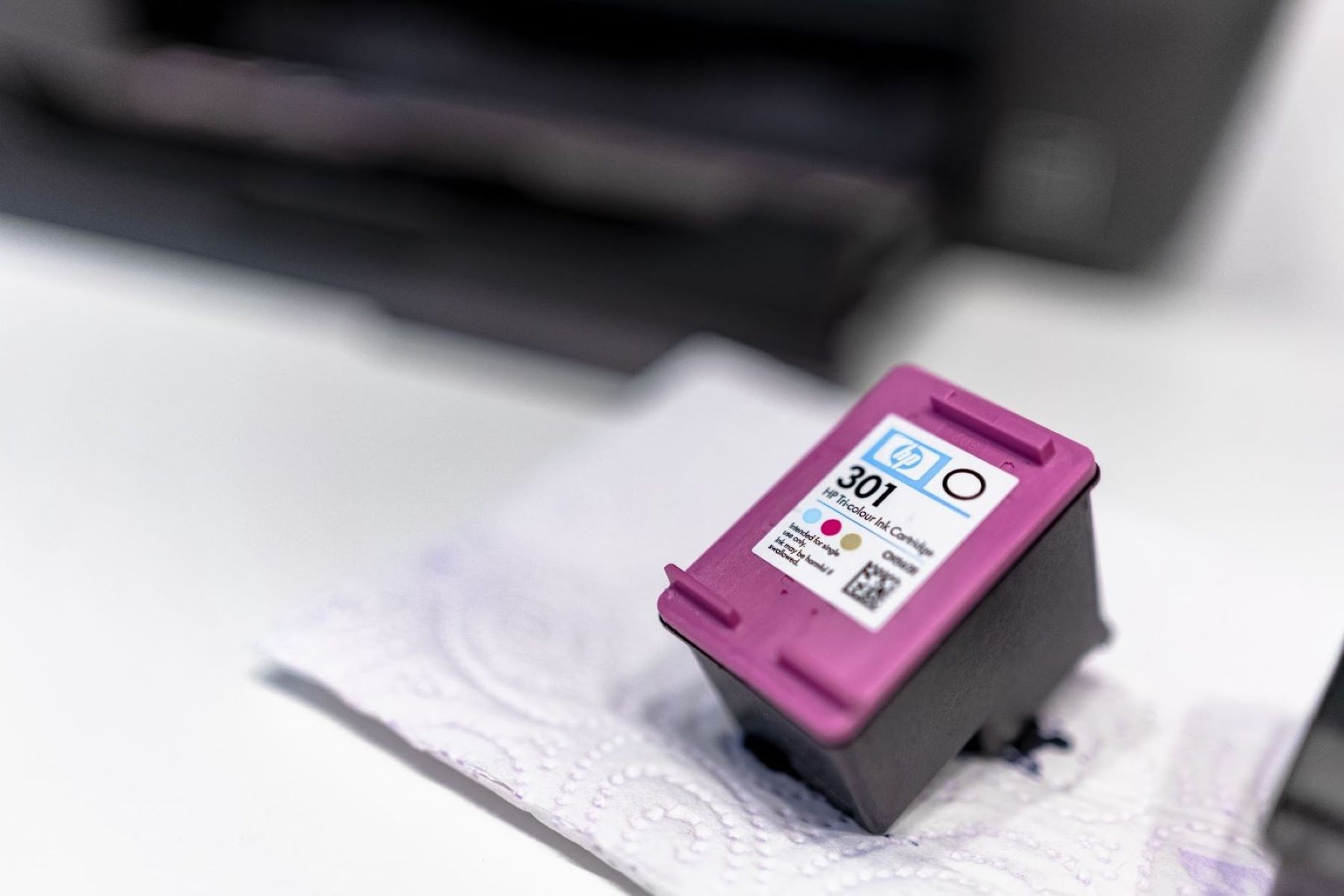
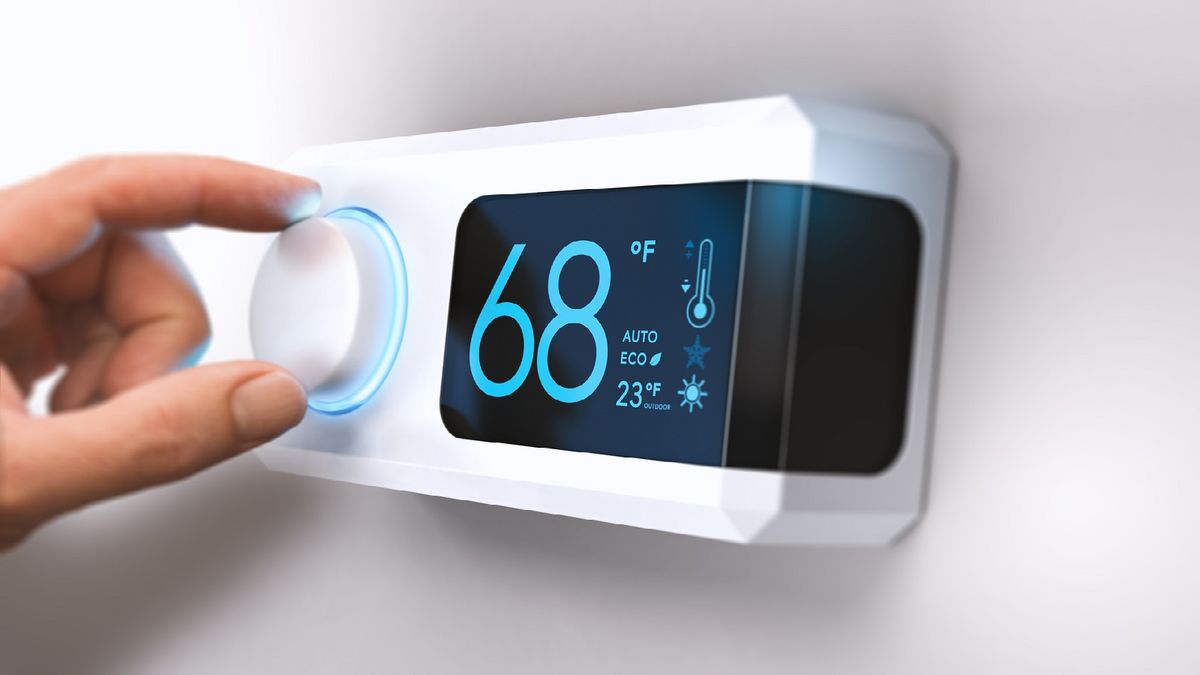

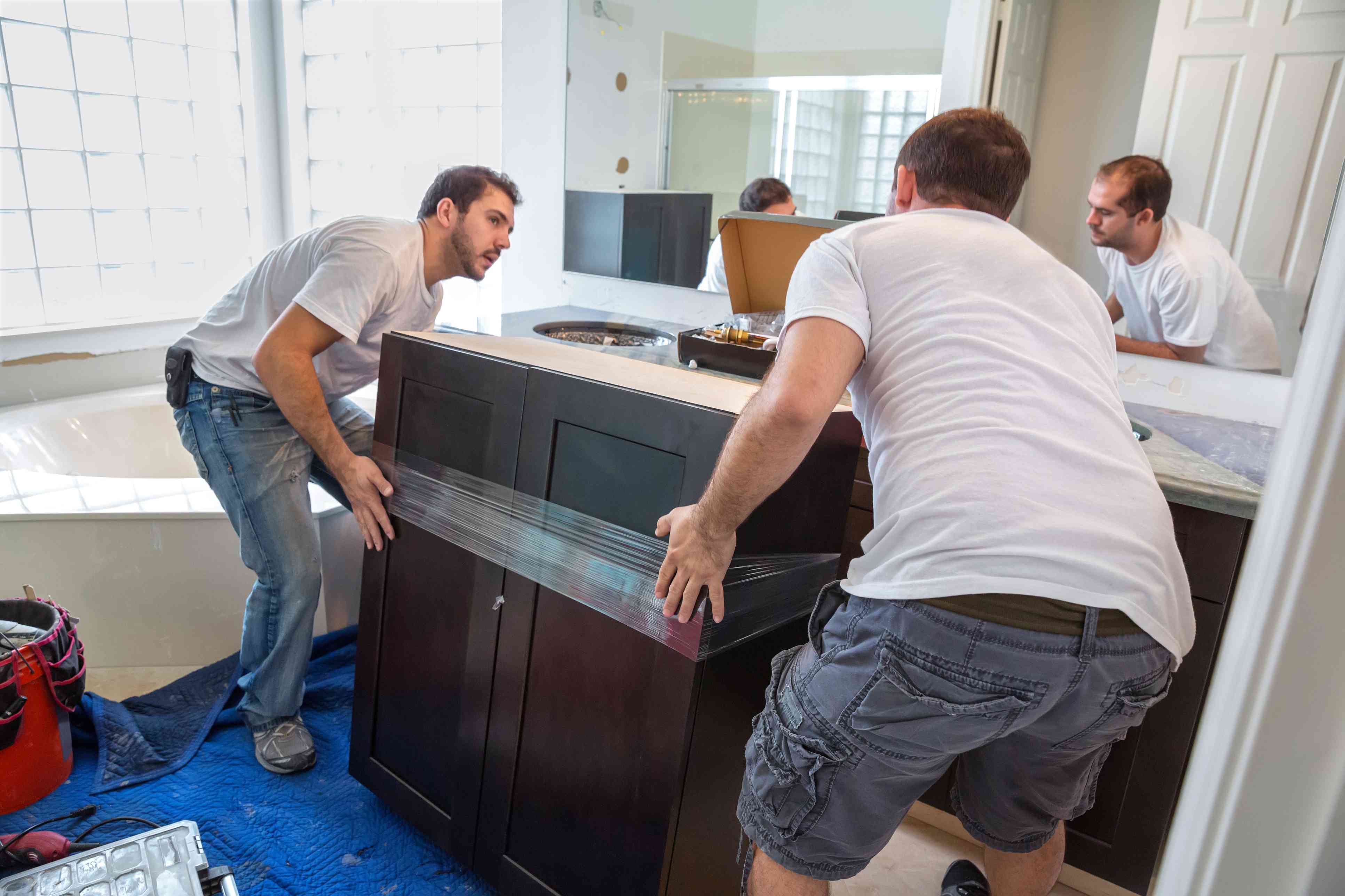

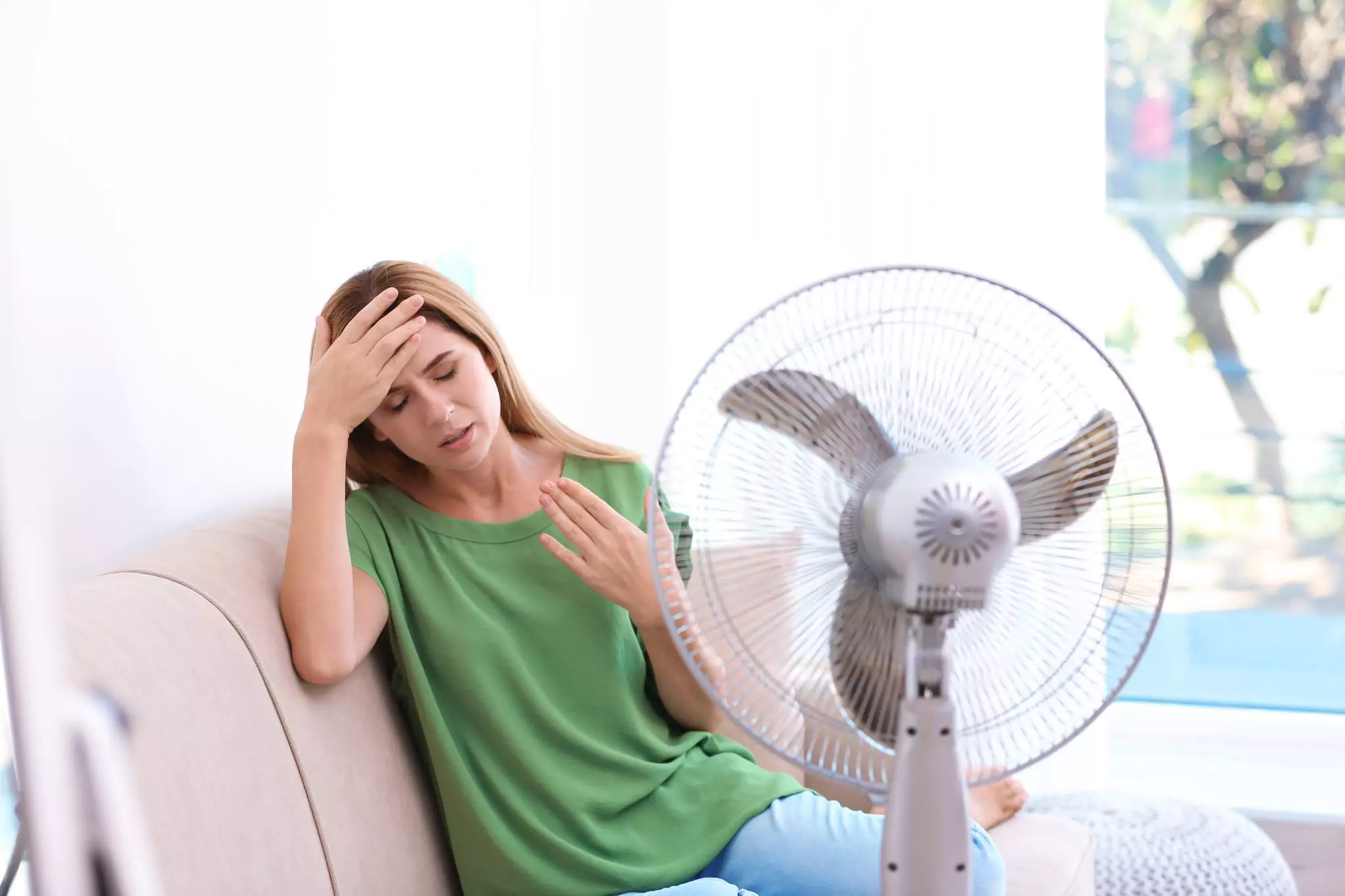
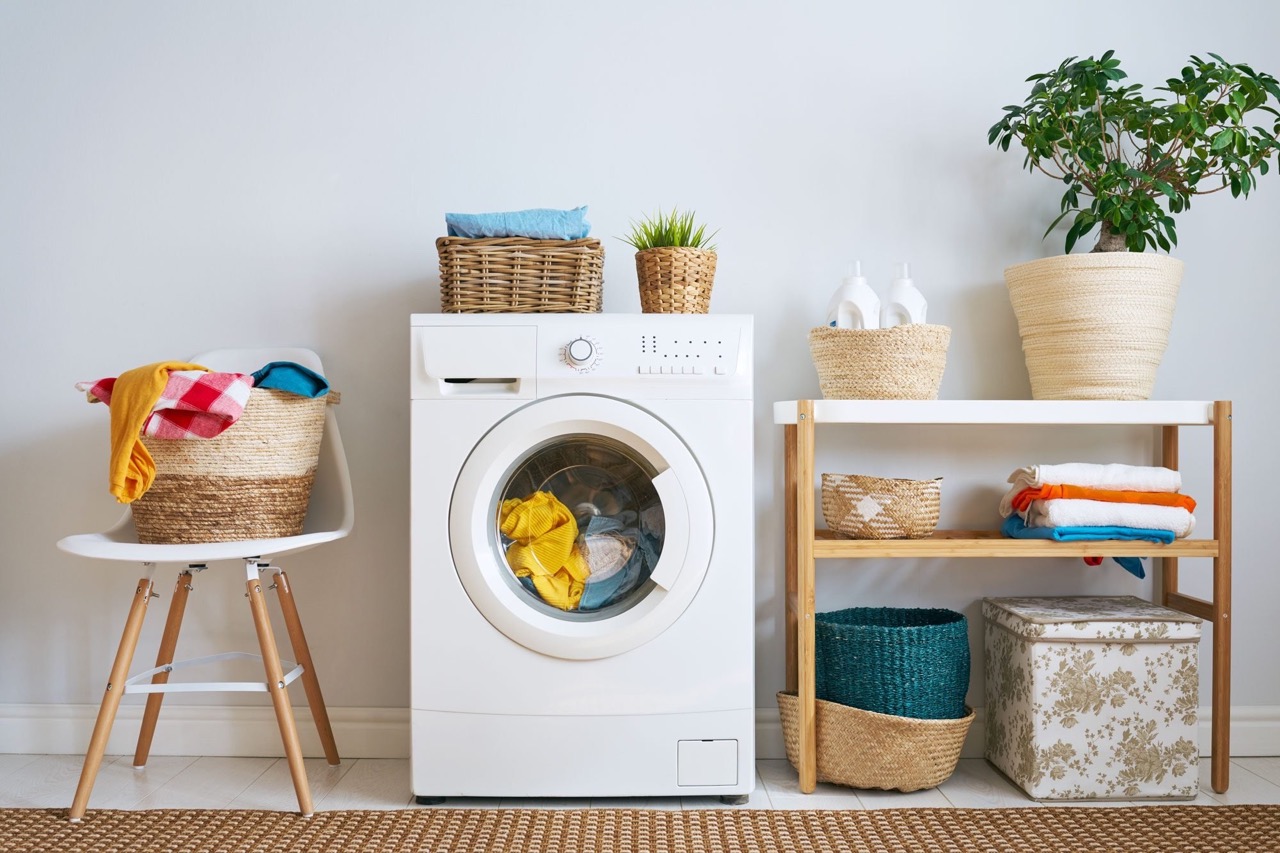
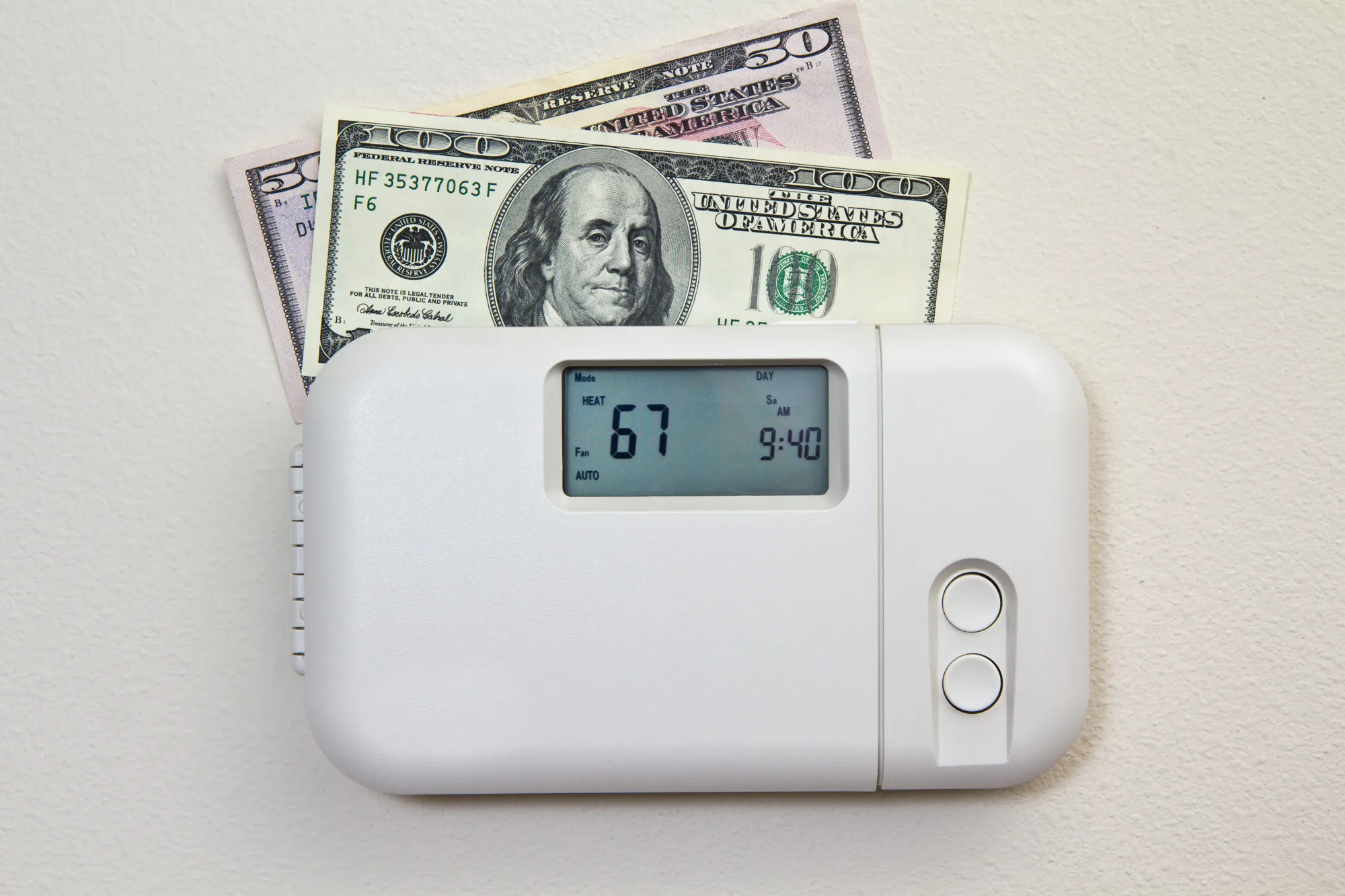

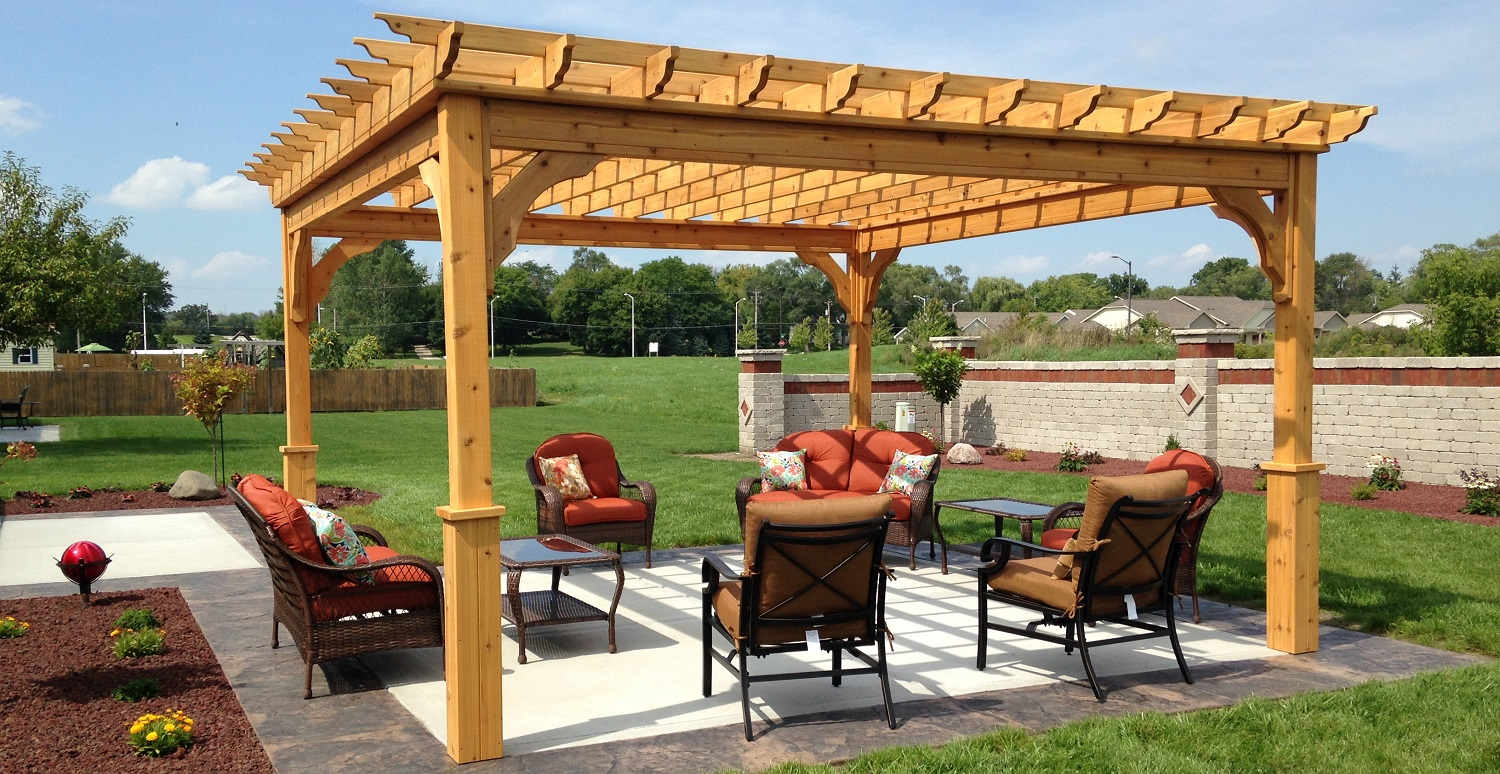
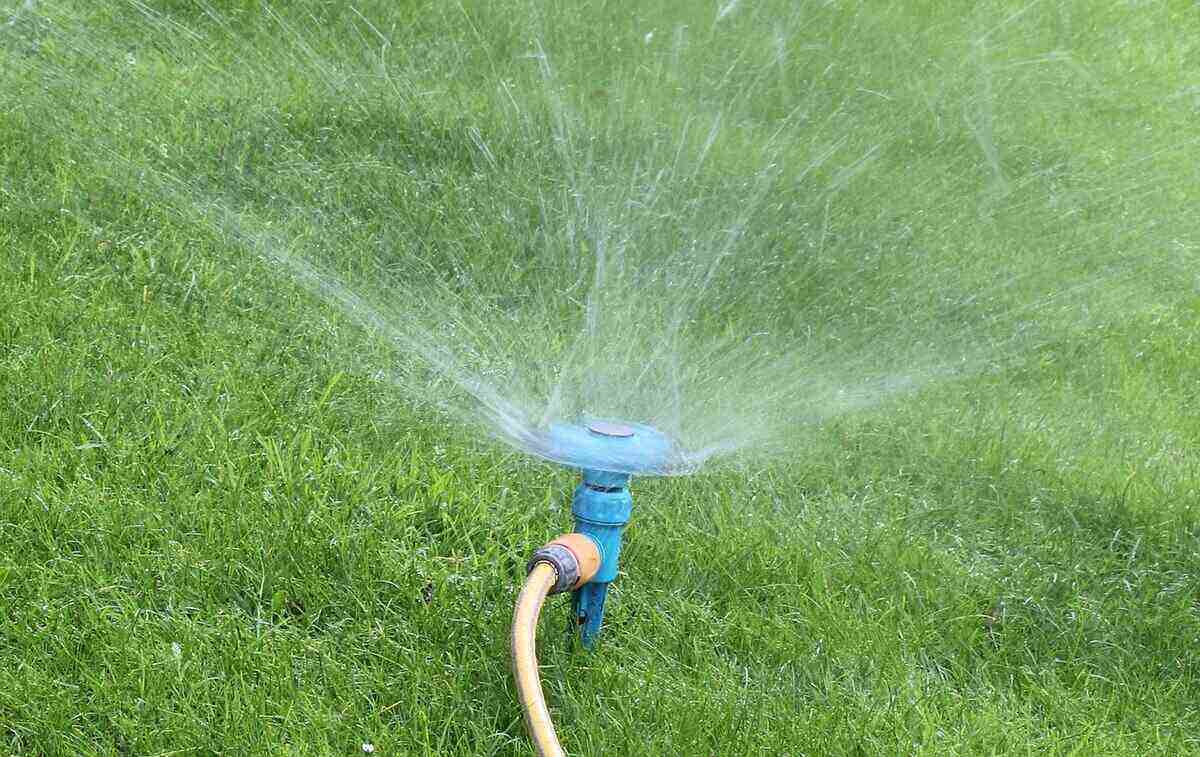
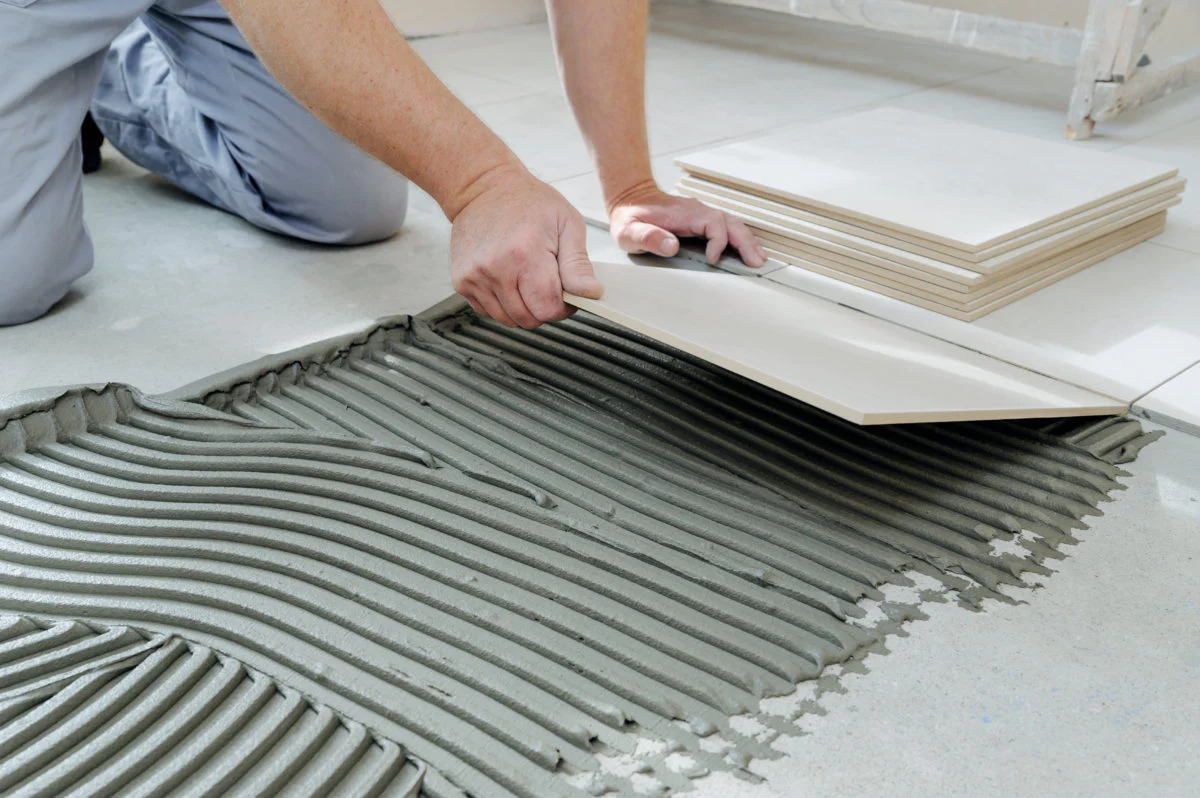

0 thoughts on “How To Save Money By Cutting Your Water Usage This Summer”